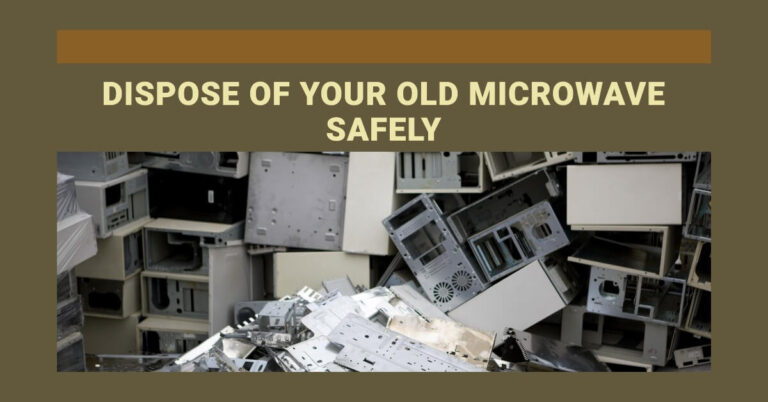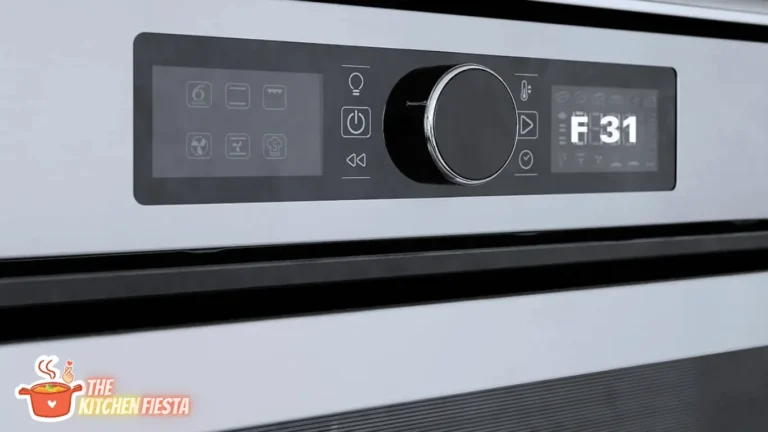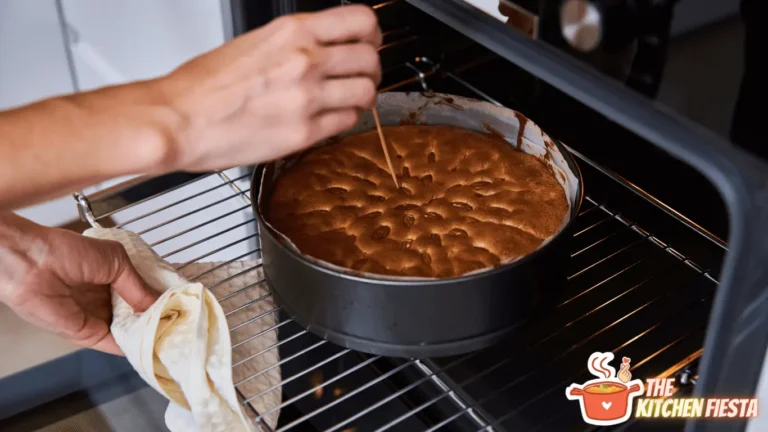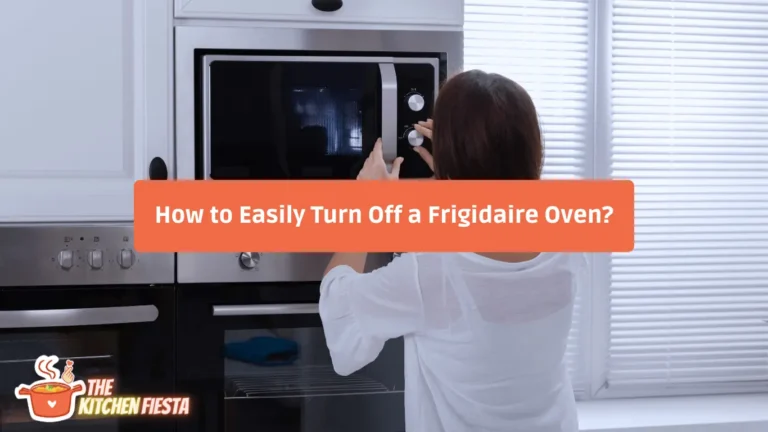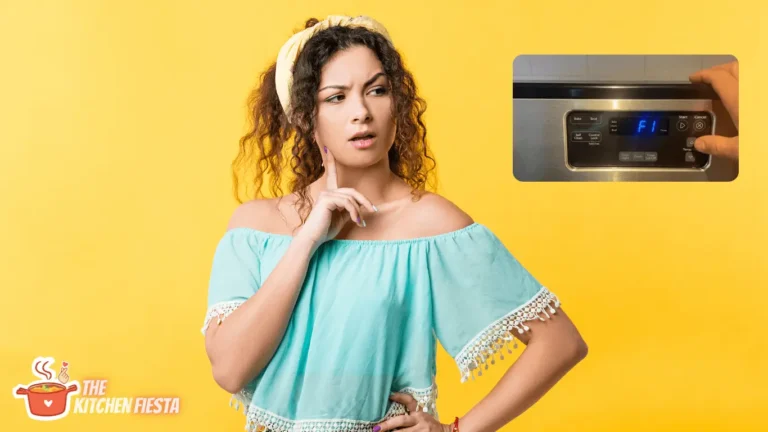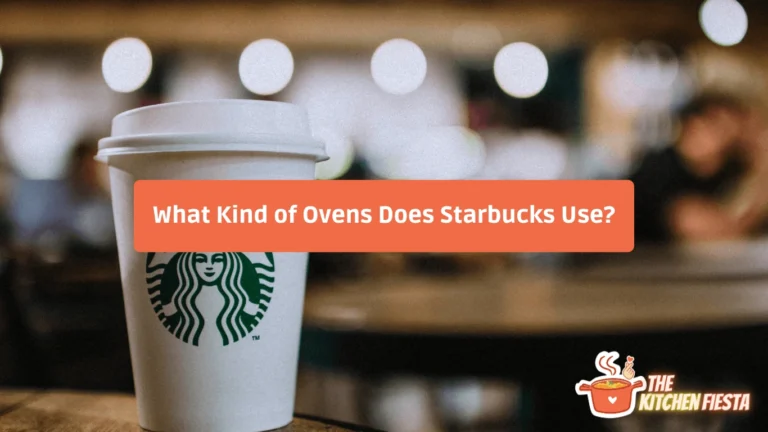Can You Put Tinfoil In The Oven? (Precautions)
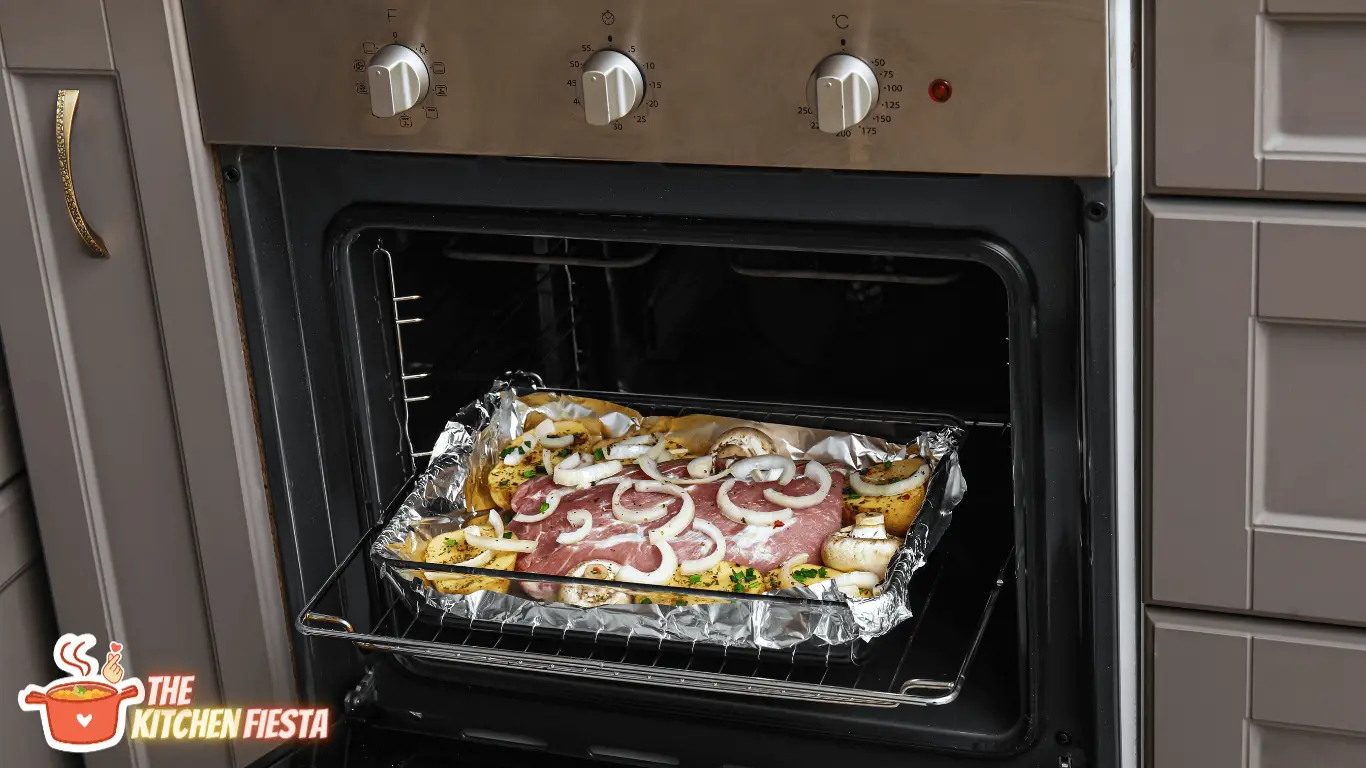
Tin foil is a kitchen staple many people use for cooking and baking. However, there is often confusion surrounding whether or not it is safe to put tin foil in the oven.
You can use aluminum foil in the oven as long as you take certain precautions. However, it is not recommended to line the bottom of your oven with aluminum foil because it can block airflow, lead to uneven cooking, or even a fire hazard. When using aluminum foil in the oven, ensure it is smooth and doesn’t come into direct contact with the heating element or cover the oven rack entirely.
Also, it’s essential to note that when aluminum foil is heated, it can release small amounts of aluminum into the food being cooked, which may be a concern for some individuals. Well, if you want to put Tinfoil In The Oven, we will tell you all about some interesting facts about tinfoil, what steps should be taken when using and lots more.
What is Tinfoil?
Tinfoil, also known as aluminum foil, is a thin sheet of metal made from aluminum. It is commonly used in cooking and baking as a cover for food or as a lining for pans to prevent food from sticking to them. Tinfoil is also used to wrap leftovers and store food in the fridge or freezer.
Tinfoil is a versatile material that has many uses beyond cooking. It is used in packaging, insulation, and the automotive and aerospace industries. Tinfoil is a lightweight and durable material resistant to moisture, heat, and cold.
When using tinfoil in the oven, it is important to use it correctly to avoid potential hazards. Tinfoil should never be placed directly on the oven’s heating element, as this can cause a fire. Instead, tinfoil should cover food or as a lining for pans.
Can Tinfoil Be Used in the Oven?
Many people wonder whether it is safe to use tinfoil in the oven. While it is true that tinfoil can be used in the oven, some drawbacks to using it should be considered.
The Dangers of Using Tinfoil in the Oven
There are several dangers associated with using tinfoil in the oven. One of the most significant risks is that tinfoil can catch fire if it comes into contact with the heating element or is improperly secured. This can cause a fire in the oven, which can be dangerous and potentially deadly.
In addition to the risk of fire, using tinfoil in the oven can also affect the food’s quality. Tinfoil can reflect heat away from the food, resulting in uneven cooking and potentially undercooked or overcooked food.
Alternatives to Using Tinfoil in the Oven
Fortunately, several alternatives to using tinfoil in the oven can be just as effective. One option is to use parchment paper, which can be used to line baking sheets and pans. Parchment paper is heat-resistant and can be used in the oven at temperatures up to 425 degrees Fahrenheit.
Another option is to use a silicone baking mat, which can replace tinfoil or parchment paper. Silicone baking mats are non-stick and can be used in the oven at temperatures up to 480 degrees Fahrenheit.
How to Use Tinfoil in the Oven Safely?
Precautions to Take Before Using Tinfoil in the Oven
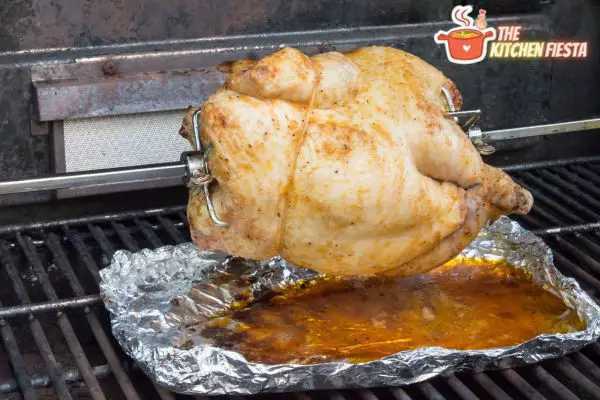
Before using tinfoil in the oven, a few precautions should be taken to ensure safety. Firstly, it is important to check the oven manual to see if using tinfoil is prohibited. Some ovens warn against using tinfoil due to the risk of fire. If the manual does not prohibit using tinfoil, it is safe to use it in the oven.
It is also important to ensure that the tinfoil is not in contact with the heating element. This can cause the tinfoil to melt and potentially cause a fire. Additionally, tinfoil should not be used to cover the entire oven rack as it can block airflow and cause uneven cooking.
Steps to Follow When Using Tinfoil in the Oven
When using tinfoil in the oven, a few steps should be followed to ensure safety. Firstly, the tinfoil should only be used to cover the food and should not come into contact with the oven walls or heating elements. This can be achieved by folding the edges of the tinfoil around the food to create a seal.
If using tinfoil to cover a baking sheet, it is important to ensure that the tinfoil is flat and not crumpled, as this can cause uneven cooking. The tinfoil should be lightly greased to prevent the food from sticking.
When using tinfoil for cooking food directly on the oven rack, it is important to ensure that the tinfoil is securely placed on the rack and that there are no gaps between the tinfoil and the rack. This will prevent the food from falling through the gaps and potentially causing a fire.
Also Read:
Conclusion
Tinfoil is a safe and effective option used in the oven. It can help prevent food from sticking and create a crispy crust, but it must not come into direct contact with food while heated. It is essential to avoid covering vents or exposing them to flames and be aware of their reflective properties that may cause food to cook faster. While rare, tinfoil can melt and damage the inside of the oven.
Overall, tinfoil is versatile, but alternatives such as parchment paper or silicone baking mats can also be used. After following these guidelines, you can confidently use tinfoil or its alternatives to enhance your cooking experience without any potential hazards.
FAQs
Can you put tin foil on the bottom of the oven?
Putting tin foil directly on the bottom of the oven is not recommended, as it can block airflow and cause uneven heating. Instead, place a baking sheet or pan on the bottom of the oven to catch any drips or spills.
Can you use tin foil instead of parchment paper?
While tin foil and parchment paper can be used for baking, they have different properties. Tin foil is great for wrapping food and creating a barrier, while parchment paper is non-stick and can be used for baking and roasting. It is not recommended to use tin foil as a substitute for parchment paper.
Can you put tin foil in a convection oven?
While it is possible to use tin foil in a convection oven, it’s crucial to ensure that it doesn’t come into contact with the oven’s heating element or walls, which could cause harm. To avoid this, a baking sheet or pan and tin foil is suggested.
Can you reuse tin foil after cooking?
Reusing tin foil after cooking is not recommended as it can harbor bacteria and cause contamination. It is best to use new tin foil for each cooking session.
Can you put acidic foods in tin foil?
When storing or cooking acidic foods like tomatoes and citrus fruits, it is advised to avoid using tin foil since the acid content can lead to a chemical reaction with the foil, causing it to deteriorate. Instead, it’s recommended to opt for non-reactive materials such as ceramic or glass containers when dealing with acidic foods.

